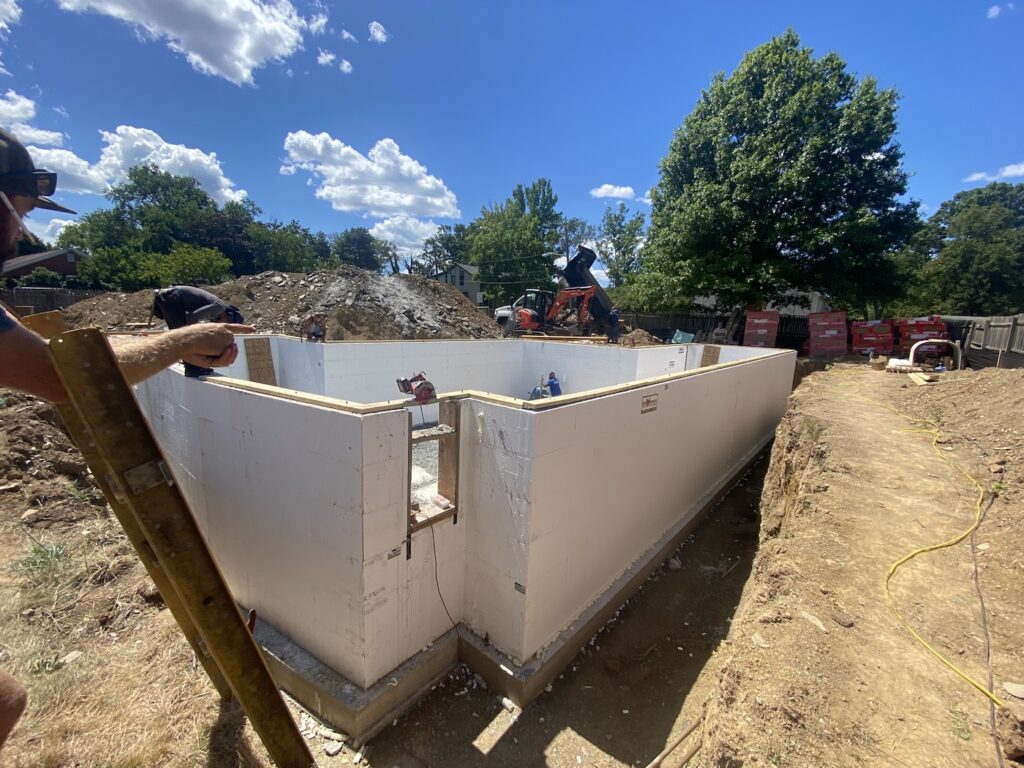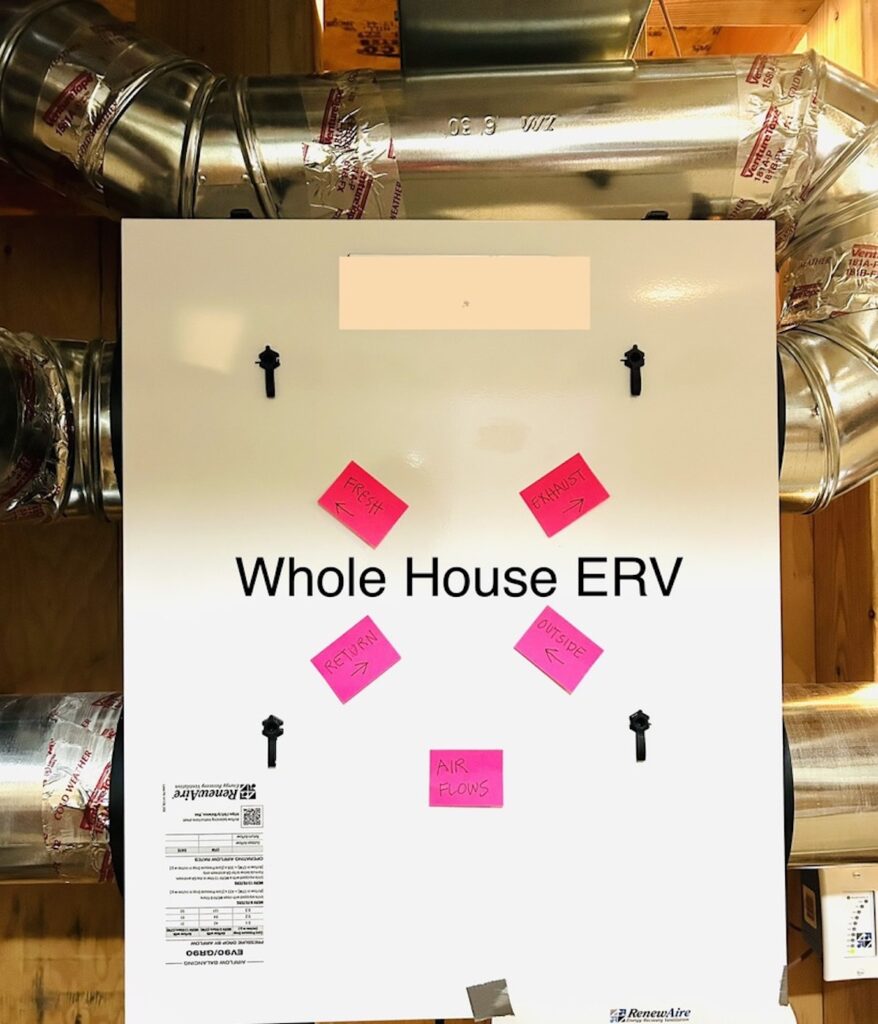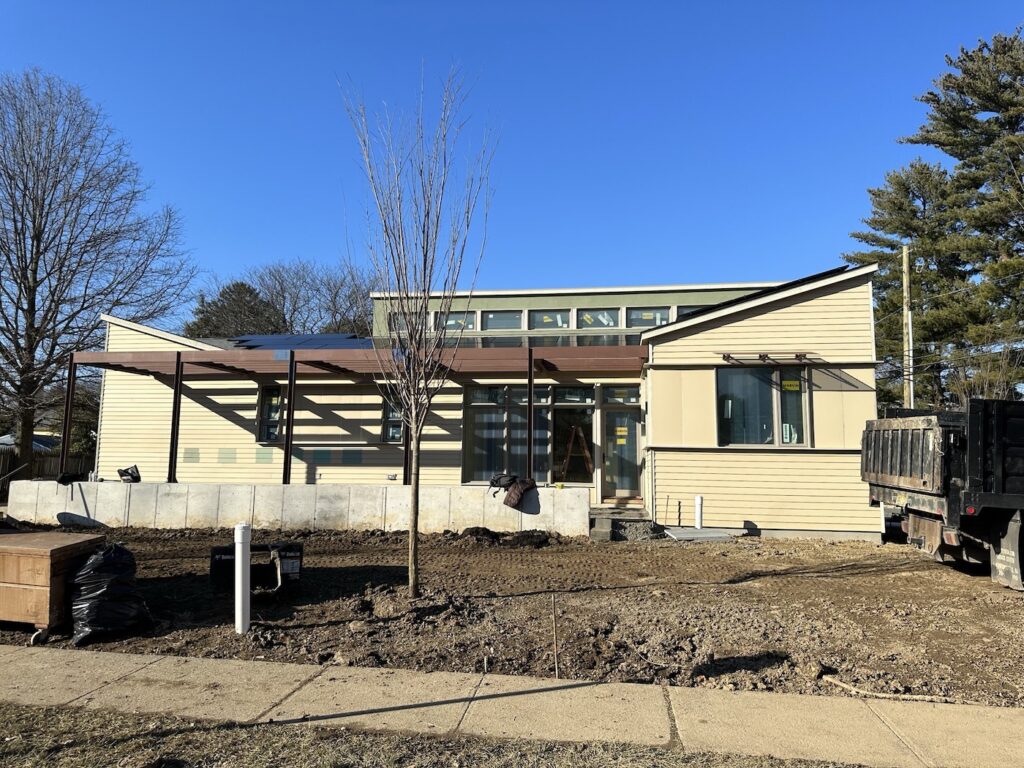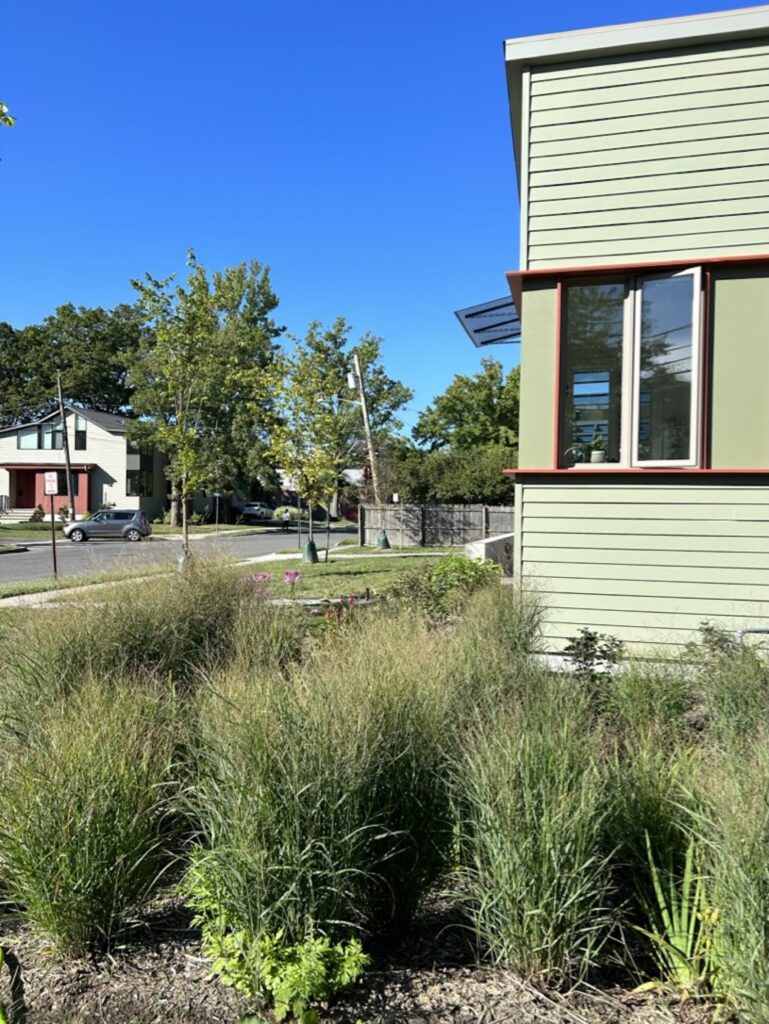Why are people interested in high-performance homes, how much do they cost and why would someone want to build one?
To answer all those questions, first, we would like to explain what a high-performance home is.
A high-performance home is an answer to the rising energy costs and climate change, they are designed to be energy efficient by implementing smart planning and self-sustainable solutions.
They are more than just houses designed to have a virtually zero footprint as they are also reducing utility bills, having better indoor air quality, using fewer toxic materials, and increasing their value through the years.

The cost of high-performance homes is something to take into consideration, as it costs more than a normal home but the overall maintenance to operate is significantly less, and how much would that be? Well, the utility bill of an average US household is around $4.400 every year (excluding the rising inflation and energy costs calculations).
A high-performance home would have a utility bill of just 60% of what average US households pay, saving $1.760 per year (or $17.600 in a decade), which means that the average HPH household would pay roughly $2.640 per year in utility bills.
People also take into consideration that the higher indoor air quality in HPH homes reduces doctor visits for allergies, skin rashes, colds and thus saving money.
But why are people interested in high-performance homes? There’s a multitude of reasons, it could be because they are greener houses, some because they focus more on having daylight that’s more pleasing than LED bulbs, and others because of the added benefit of air quality and sound acoustics (who would think that insulation can benefit so many things?).
Whether you’re looking for a home that has an eye for efficiency or you want to go net-zero—we understand how to craft it within your context and crucially, while balancing your vision and your budget.
Types of High-Performance Home:
Narrowing high-performance homes into one category is not correct, we categorized them based on residential energy use and many terms can be seen in the housing market.
- Passive House: Passive house is a design and construction standard focused on an airtight enclosure while prioritizing human comfort and health. These methods of comfort and healthy living are not luxuries but are inextricably tied to providing fundamental building performance.
- Net-zero energy buildings: Net zero homes that use zero energy for both electrical and heating needs, are just like passive homes but with solar batteries or another type of renewable energy storage. Net Zero also focuses on well-insulated and air-tight building enclosures.
- ILFI’s living building: Seeks new ways of a building that will limit the object to be built by its performance, locally available resources, and living space standards.
- LEED-certified homes are designed to provide clean indoor air and ample natural light and to use safe building materials to ensure comfort and good health. They help reduce energy and water consumption, thereby lowering utility bills each month, among other financial benefits.
Luckily building codes are catching up to the need to build better homes. However, building codes often represent the “Worst house you can legally build.”
According to the report issued by the World Green Building Council, “Buildings are currently responsible for 39% of global energy-related carbon emissions: 28% from operational emissions, from the energy needed to heat, cool and power them, and the remaining 11% from materials and construction.”
Now your house is probably a small percentage of these larger numbers, but if everyone decides it is someone else’s problem these percentages will not change.
That is why we want our clients to know some small changes can make a better house and for some, you can make even better decisions to make a bigger change.
So, what are some small or slightly larger things that can get you a better house that provides you with more comfort, reduces your energy bills, and improves your quality of life?
Whether you call it green, sustainable, or high-performance—all are trying to reduce the carbon footprint of their home. When these terms are mentioned, many may think they need a roof full of solar panels, geothermal heating, and other expensive technologies. However, the most important components of a high-performance home are windows, insulation, and HVAC systems.
We believe when designing a high-performance home that it is important to team up with a builder and consultants that have the same goal. Finding the right team is one of the most important steps and bringing a builder in as part of the process can be impactful especially if you are looking to do a passive house as you need a team that is certified.

Our Top Ten Guide to a High-Performance Home:
The upgrades to your home can make a huge difference and are something you should consider:
1) SITING:
The way your home sits on its site can make a huge impact from capturing the natural wind patterns and enhancing natural ventilation to working with sun angles for utilizing natural light. A smaller footprint and incorporating only room that you will use can also have a major impact. Some of this has no added cost.
Whenever possible, site the home to take advantage of southern exposure, with fewer penetrations on the north side. Use roof overhangs and deep porches to help reduce solar gain. Take advantage of prevailing breezes and cross-ventilation to reduce the load on mechanical cooling systems.
2) WORK WITH “ECO-FRIENDLY” BUILDING MATERIALS:
Essentially creating less waste = less carbon footprint. Not all existing homes are worth saving, but when demolishing one can reduce about 70% of the existing home’s materials if done carefully and consciously.
Reduce, Reuse, and Recycle do not just apply to household trash, it is also important in choosing how you work with both new and existing material. For new building materials, choosing “friendly” materials that are non-toxic is also important. We always look for no or low VOCs and for companies who are transparent about what is in their products.



3) ADVANCED FRAMING:
By optimizing framing material use, the builder can cut floor and wall framing material costs by up to 30 percent while reducing framing installation labor. Designing a home on a 2-foot module produces less waste and utilizes common sheet good sizes like plywood and sheetrock. With the updated Energy Code, it is becoming more common to use 2×6 framing.
This allows for a 2-foot spacing in the framing, more insulation, and less wood waste. We are over-simplifying this building technique, but the premise is to avoid using 10 wood studs when you can use 4. There is also the option to use SIPS panels, but we find it important to find a builder who is comfortable using SIPS panels. For more information on SIPS go here: https://www.sips.org/what-are-sips



4) INSULATION:
We consider insulation the magic material that will make your home comfortable and safe. It is something the homeowner rarely sees or notices but is such an impactful component to the exterior envelope. Insulation has various roles including:
Keeping the house warm in the winter and cool in the summer provides overall comfort all year long. In addition to making the home comfortable, it also is utilized for acoustics between walls and floors. Lastly, much of the stone wool insulation provides an extra layer of fire protection, slowing the spread of flames so the homeowner can get out safely. A well-insulated home provides a comfortable home with lower energy costs in the long run.
5) AIR TIGHTNESS:
Airtightness goes hand in hand with insulation and is another thing most homeowners are unaware of. It is key for high-performance homes to maintain constant temperature and reduce energy load. It is important to have an air-tight envelope around the house and seal any cracks and spaces between walls, windows, and door frames where it is common to have air leaks.
It is a delicate balance as occupants create humidity from within the home. Integrate other solutions to prevent moisture from building up in the object itself, and to prevent any mold or mildew from growing due to the high humidity levels.
6) WINDOWS:
Windows are an important piece to high-performance homes, they serve the purpose of letting daylight in, but we don’t want heat to get in, so they have a layer of special coating that works at letting less heat come without tinting or darkening the rooms with utilizing a Low-E coating.
This also helps in winter situations as less heat is being transmitted to the outside, thus making HVAC equipment work less to keep a consistent temperature. There are so many window options out there and window type and placement are also important design decisions your architect can help guide you through.



7) MECHANICAL SYSTEMS:
Mechanical systems include the equipment needed to heat, cool, ventilate, control humidity, provide clean water, and drain wastewater from your home. Yes, it is a lot, but many of these roles can be combined into a few systems.
Using the right system for your local climate zone and designing the system for your space is key to both energy efficiency and occupant comfort. Also as noted, items 1-6 on this list influence the Mechanical system. There is not one system that works for all projects, and this is typically one of the larger cost items in the budget.
It is important to work with trained professionals and get this right. Simple things like low-flow plumbing fixtures are also a part of your mechanical system.

8) SOLAR POWER:
Solar Power can make a significant difference. Solar panels reduce the amount of grid-supplied electricity you must purchase and can be considered an energy-conservation strategy. With so many incentives, we encourage many of our homeowners to investigate solar.
Now many of our projects are also in urban locations, so it can be better for some homes than others. However, energy prices continue to rise which is why we encourage homeowners to explore this option in large renovations, additions, and new homes.
Even if they cannot afford this right away. We can ensure that the home is ready for alternative technologies that the homeowner may want to add in the future. For example, pre-wire the home for a solar photovoltaic system, determine how many panels your roof can accommodate, and space for battery storage onsite when possible.
9) LIGHTING AND ELECTRICAL:
We think of lighting in 2 ways that are vitally important to a successful home. Daylighting, using windows and skylights to reduce artificial lighting during the day, and Artificial lighting for the evenings or in areas where natural sunlight cannot reach.
LEDs have revolutionized our lighting environments and advancements in lighting controls have advanced the way we use artificial lighting. Plug loads also contribute to a lot of energy use and it is important to use proper controls and energy-efficient appliances.
10) FIND THE RIGHT TEAM:
Get the input of architects, trade partners, suppliers, and other decision-makers while the project is still in the design phase. Planning during the design stage is instrumental in the success of the project. It is much harder to add things during construction than planning them during design.



When thinking about high-performance homes, some might be initially deterred from the idea because of the initial cost or lack of knowledge of how easily it can be integrated into the design. However, when learning about the lower operational and maintenance costs, and overall human comfort, most of our clients want to know more.
A high-performance home will provide lifelong improvements, like high indoor air quality, water management, and renewable energy systems are all integrated into the fabric of the house, providing you with maximum benefits and having a positive impact on our climate.
Ready to revolutionize your living space? Contact us and make your dream high-performance home a reality!
If you want to know more, these are our go-to resources for high-performance home design:
https://www.greenbuildingadvisor.com/
https://www.finehomebuilding.com/design
https://www.prettygoodhouse.org/
Resources used for the article.
14 Best Practices in High-Performance Home Design (probuilder.com)
High-Performance Home Design » American Institute of Building Design (AIBD)
Electric Rate – High-performance home (used for the introduction of the blog)





